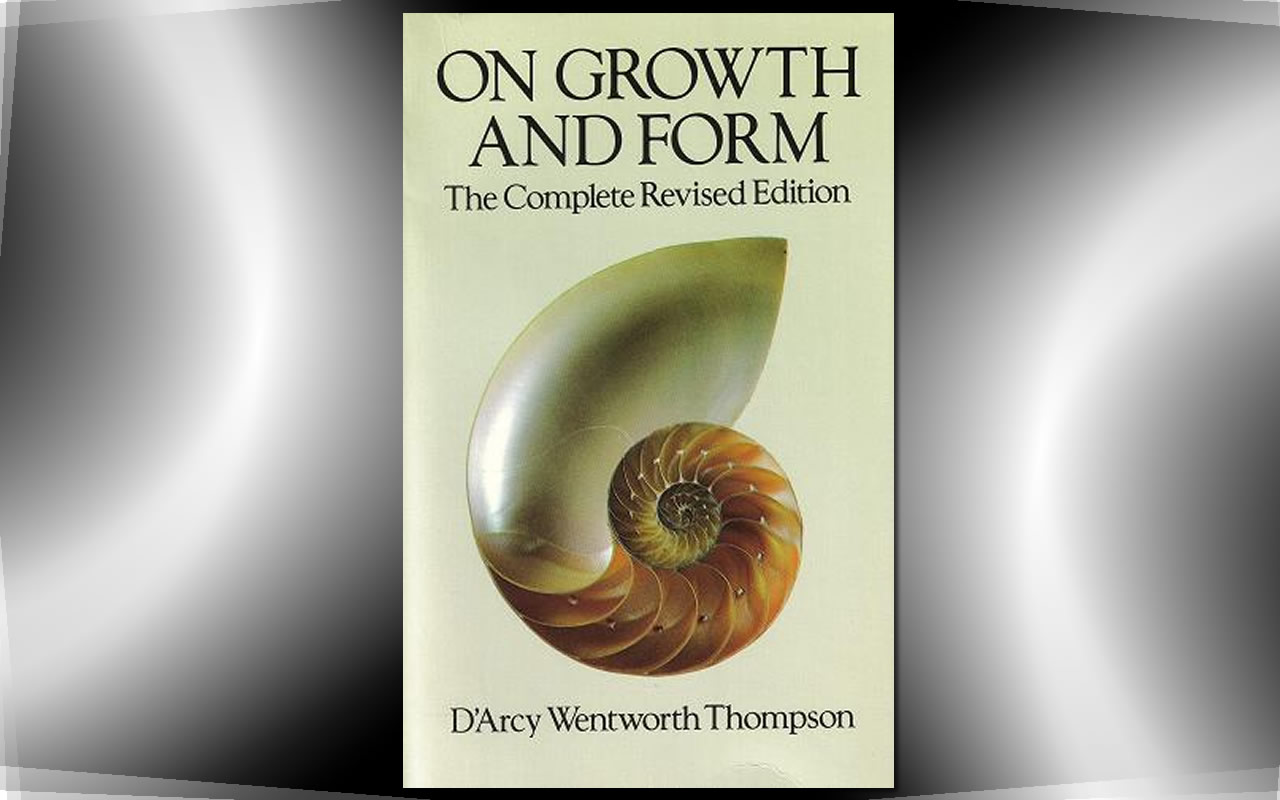 There are books that one wants to have read, but not really read. On Growth and Form is such a book for me. I was completely blown away by its first chapter. But then I find myself reading bits and pieces here and there, skipping chapters and jumping from sections to sections. The book is written in a way that resembles more like an encyclopedia than an academic thesis with a gradual buildup. Within 17 chapters, it treats with various depths topics ranging from individual cells, cell aggregates (tissues), sea creatures, land animals and plants. And it is written, in what Philip Balls calls “an extended, almost incontinent, gush, rather than with a conventional succession of closely argued papers”.
There are books that one wants to have read, but not really read. On Growth and Form is such a book for me. I was completely blown away by its first chapter. But then I find myself reading bits and pieces here and there, skipping chapters and jumping from sections to sections. The book is written in a way that resembles more like an encyclopedia than an academic thesis with a gradual buildup. Within 17 chapters, it treats with various depths topics ranging from individual cells, cell aggregates (tissues), sea creatures, land animals and plants. And it is written, in what Philip Balls calls “an extended, almost incontinent, gush, rather than with a conventional succession of closely argued papers”.
The main theme of the book is that biological growth and form has to obey physical laws, and hence we can see the manifestations of these universal laws by analyzing common features in the form and growth of different organisms. This theme is the tacit assumption of the disciplines of biophysics and biochemistry, and will continue to be relevant in the study of pattern formation and self-organization in complex systems.
I am still trying to figure out a way to read this book. It is so tempting to read it like a novel, but I will certainly miss all the nuances of maths. It may well be that the best way to read it is to treat it like an encyclopedia: read the most relevant or interesting, and skip the rest.
